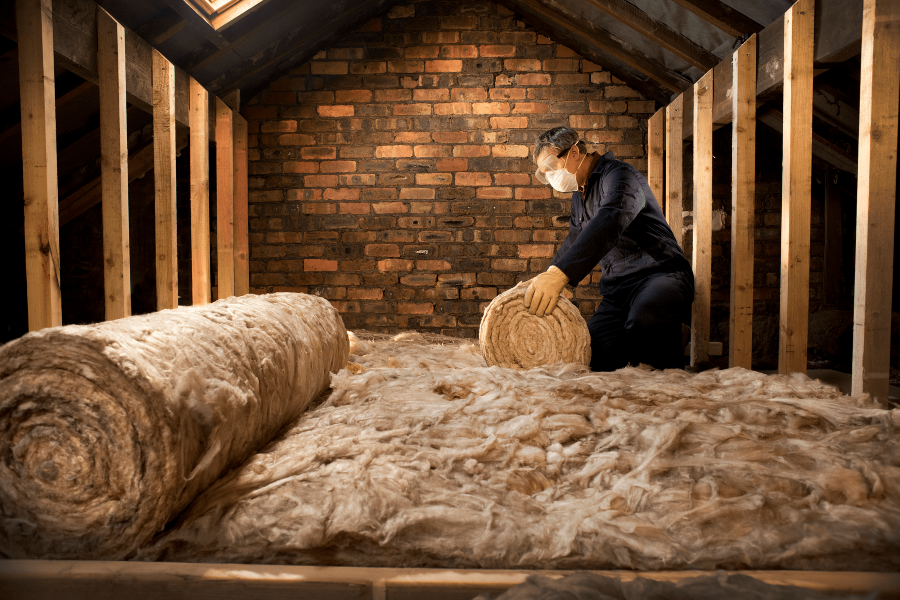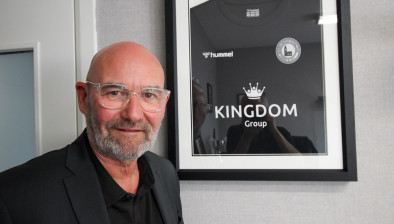Black’s Blog: Make do and mend

Jimmy Black considers whether the social housing sector and the Scottish Government are effectively measuring the carbon cost of home improvements.
What’s it all about, Patrick? What is the Heat in Buildings strategy for? I think our esteemed minister would say it’s about stopping disastrous climate change, first and foremost. And that means everything we do in housing needs to be measured against reducing global warming.
Finance officers will add up the financial cost of retrofitting a tenement or demolishing homes and rebuilding. Is anyone adding up the carbon cost? Who in the world of housing really knows how to do that?
We had a fascinating discussion with architect Fionn Stevenson for the Scottish Housing News Podcast. Kieran Findlay, the editor of Scottish Housing News, and I spoke with Fionn for 40 minutes about her own journey through housing, including her role in providing short-term accommodation in London for homeless gay men from Scotland.
RSLs and councils with large numbers of old tenements, thinly walled houses from the 1960s and multi-storey flats have been frightening themselves with the cost of retrofit; experts and consultants are throwing figures around like £60,000 per house. And sure enough, doing a comprehensive retrofit to bring a house up to maximum efficiency could easily cost those sums, and more.
Then there’s the cost of demolishing homes and rebuilding them to very high, almost Passivhaus, standards. Rehousing tenants, doing without rents, employing security, knocking them down, clearing sites, designing the new homes, rebuilding … add it all up and it comes to a lot more than the typical unit cost of building a socially rented home, currently around £220,000 in my part of the world.
But there’s a bit missing from those calculations. If the main reason for the Heat in Buildings strategy is to arrest climate change, where do we work out the carbon cost of the things we do? Sure, we can get a dodgy Energy Performance Certificate to tell us how much more efficient a new house is than an old house, but that says nothing about the embodied carbon lost in the whole process. (It seems all EPCs are dodgy and will be replaced).
Which prompts a question. Did we have to do all that work to provide an acceptable standard for our tenants and, most importantly, slow down global warming? Is the ability to wander round your house in a tee shirt more important than holding back the floods which might one day destroy your home? Should we seek “sufficiency” rather than “efficiency”?
Recently in fora like the Zero Ambitions Podcast, and LinkedIn, debates have been raging about picking the “low-hanging fruit” rather than going for major works. What does that mean? Fionn, and Nigel Banks of Octopus Energy, suggest draughtproofing, filling cavity walls and roof insulation.
I imagine many asset managers will feel they have already done all that, but Fionn suggests an infra-red camera will reveal many gaps and many places where previously installed insulation has been lifted for rewiring or other works.
Interestingly, Nigel Banks suggests that in some cases, replacing a gas boiler with an air source heat pump will bring cost savings and carbon savings, even without the deep whole-house retrofits which people tell us we need. Banks tells us picking the right smart tariff also saves carbon and money.
It’s about dental work, says Fionn. We need to treat our houses with the same forensic care that dentists employ with their patients. I’ll take it a bit further and say … let’s hoik out the really rotten ones, but fill, scale and polish the rest. In other words, make do and mend.
Last thing. Fionn acknowledges there is a huge job to be done to bring Scotland’s housing up to scratch and to deal with the all too obvious housing emergencies which have developed over decades. She wants a nationally co-ordinated programme and thinks we should bring back Communities Scotland. I agree. While the current Scottish Government has done many good things in housing, abolishing Communities Scotland was a very big mistake.
A transcript of this episode is available here.
Further reading:
- Housing Fit For Purpose: Performance, Feedback and Learning
- LETI Climate Emergency Retrofit Guide
- Fionn’s LinkedIn post
The Scottish Housing News Podcast is co-hosted by Kieran Findlay and Jimmy Black. All episodes are available here as well as on the following platforms:









